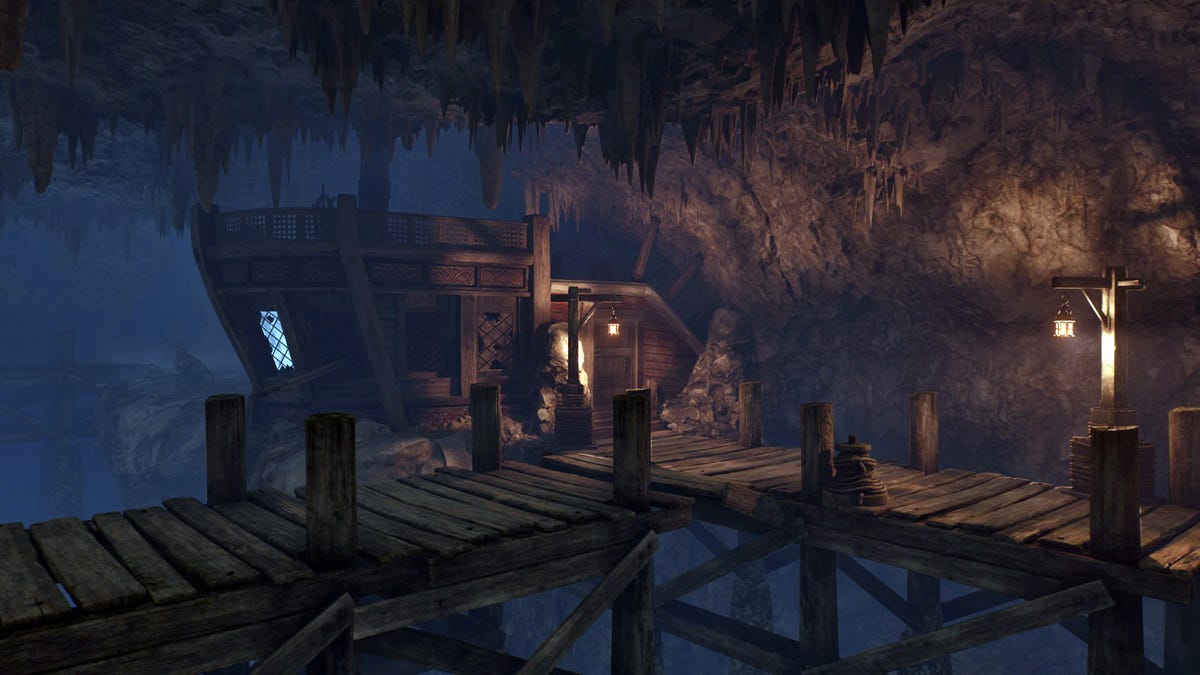Port and Adapter Architecture in Real Life (with Java)
Modern software development often faces one major hurdle: tight coupling. Whether you're swapping out a database, switching from REST to GraphQL, or integrating a new third-party service, making changes without breaking the core business logic can feel like performing surgery with a sledgehammer. Port and Adapter Architecture, also known as Hexagonal Architecture, was created to solve this exact problem. It puts the core logic at the center and treats all external dependencies—databases, UIs, APIs—as plug-and-play accessories. In this blog post, we’ll explore this architecture with an intuitive analogy, compare it to traditional layered architecture, and implement a Task Manager App in Java that retrieves tasks for users. What is Port and Adapter Architecture? Think of the application core as the brain of your app. It defines what the app does, not how it's done. To interface with the messy outside world, it uses: Ports: Abstract interfaces that define how external actors interact with the app. Think of ports like the USB ports on your laptop—they stay the same regardless of the device you plug in. Adapters: Concrete implementations that plug into ports and use specific technologies. Like USB cables, you use different ones depending on the kind of device (application or service) you're connecting. Configurator: The glue that wires everything together at runtime. Even if your cable (adapter) changes, your port remains the same. It's this stability that makes the architecture so flexible and powerful.

Modern software development often faces one major hurdle: tight coupling. Whether you're swapping out a database, switching from REST to GraphQL, or integrating a new third-party service, making changes without breaking the core business logic can feel like performing surgery with a sledgehammer.
Port and Adapter Architecture, also known as Hexagonal Architecture, was created to solve this exact problem. It puts the core logic at the center and treats all external dependencies—databases, UIs, APIs—as plug-and-play accessories.
In this blog post, we’ll explore this architecture with an intuitive analogy, compare it to traditional layered architecture, and implement a Task Manager App in Java that retrieves tasks for users.
What is Port and Adapter Architecture?
Think of the application core as the brain of your app. It defines what the app does, not how it's done. To interface with the messy outside world, it uses:
Ports: Abstract interfaces that define how external actors interact with the app. Think of ports like the USB ports on your laptop—they stay the same regardless of the device you plug in.
Adapters: Concrete implementations that plug into ports and use specific technologies. Like USB cables, you use different ones depending on the kind of device (application or service) you're connecting.
Configurator: The glue that wires everything together at runtime.
Even if your cable (adapter) changes, your port remains the same. It's this stability that makes the architecture so flexible and powerful.
















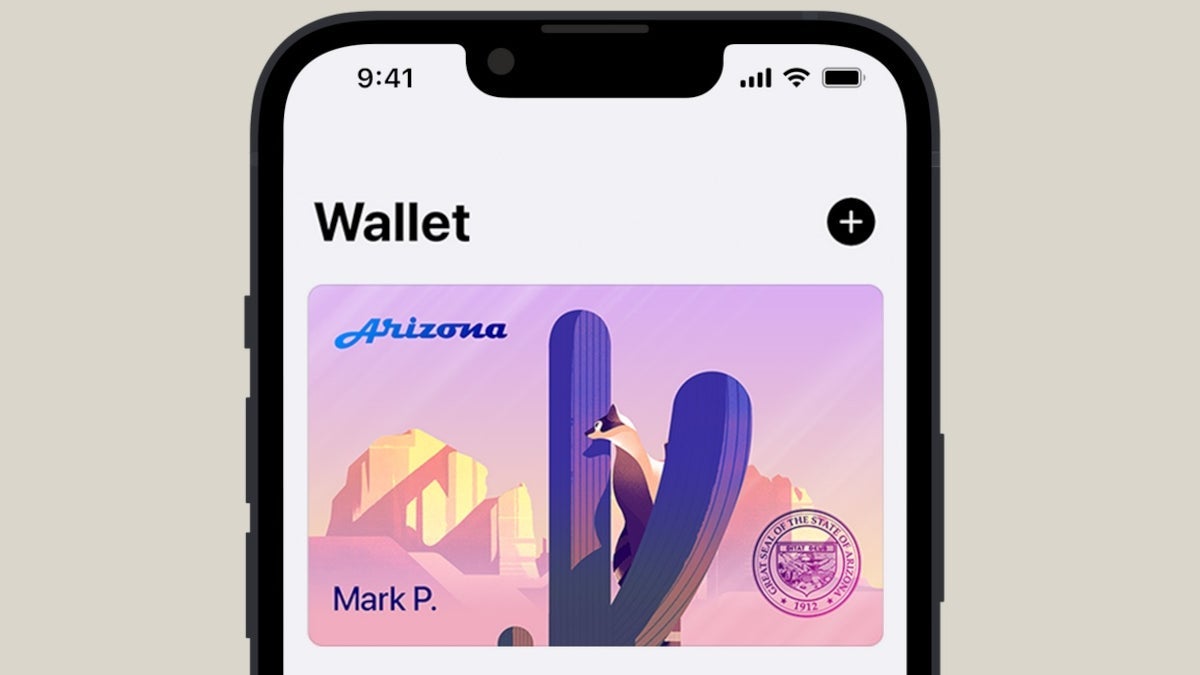



















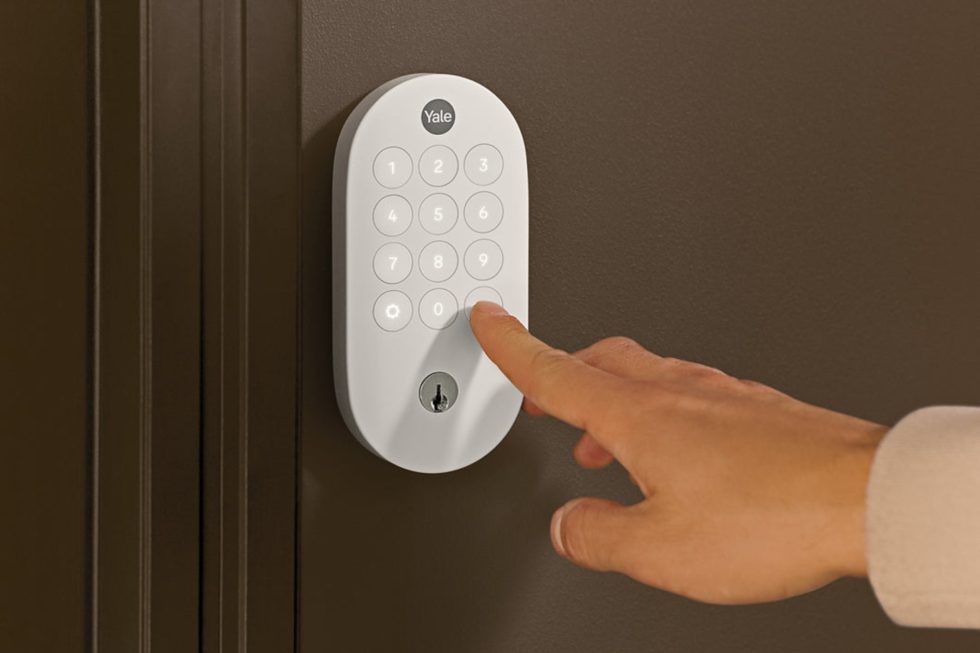

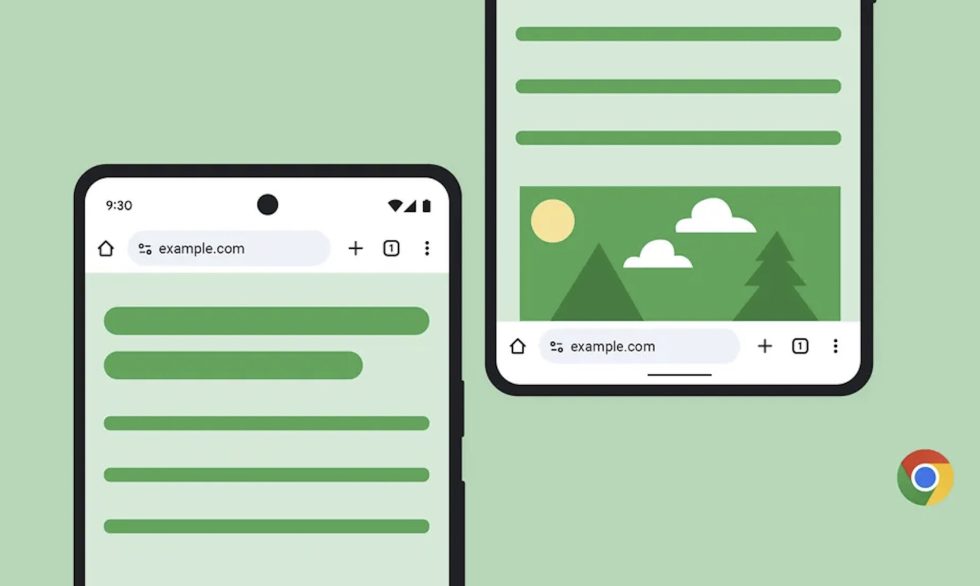

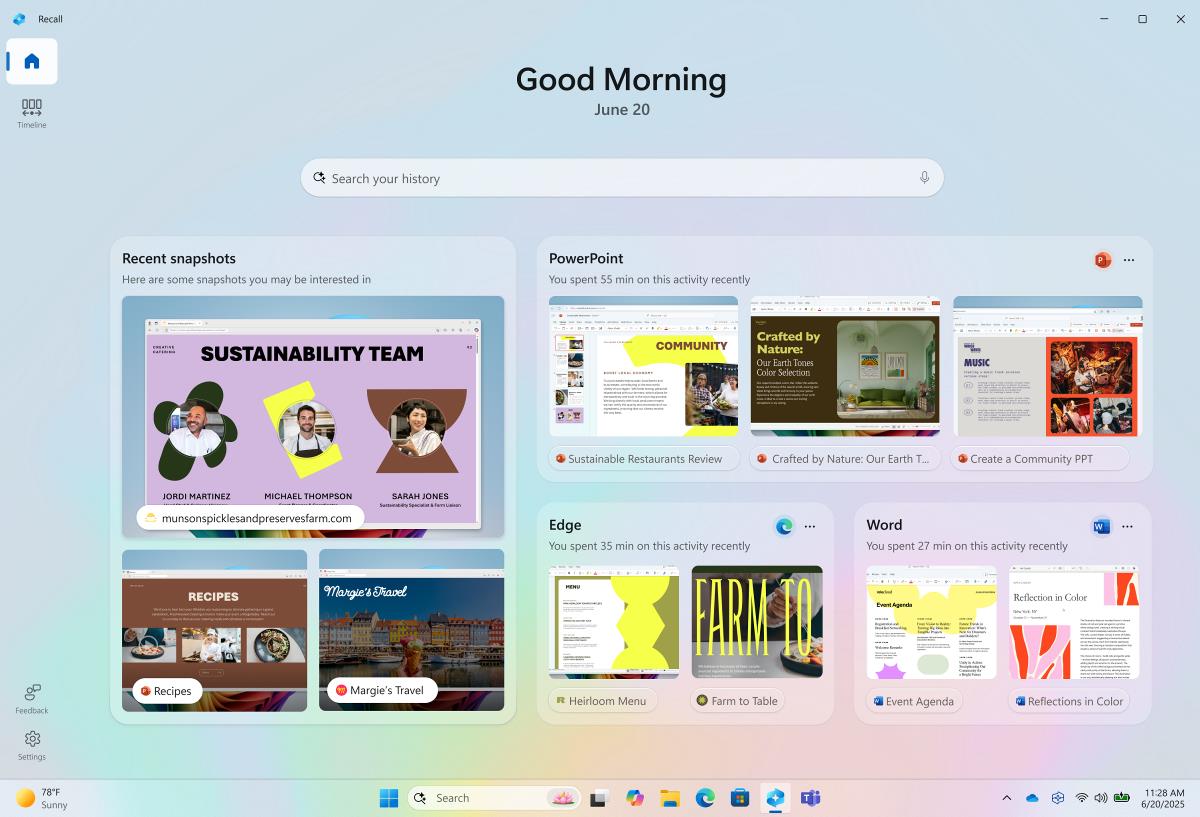
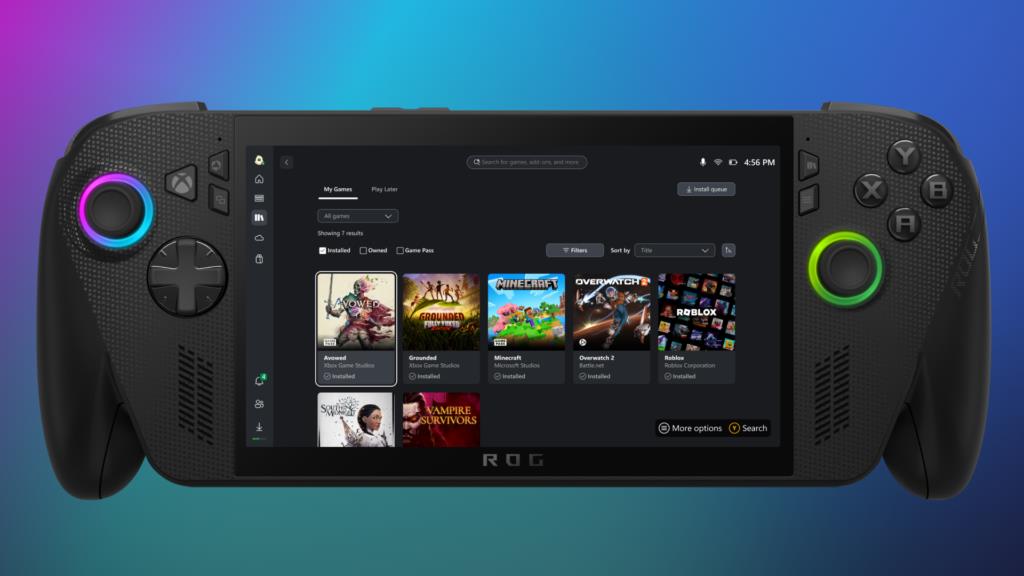


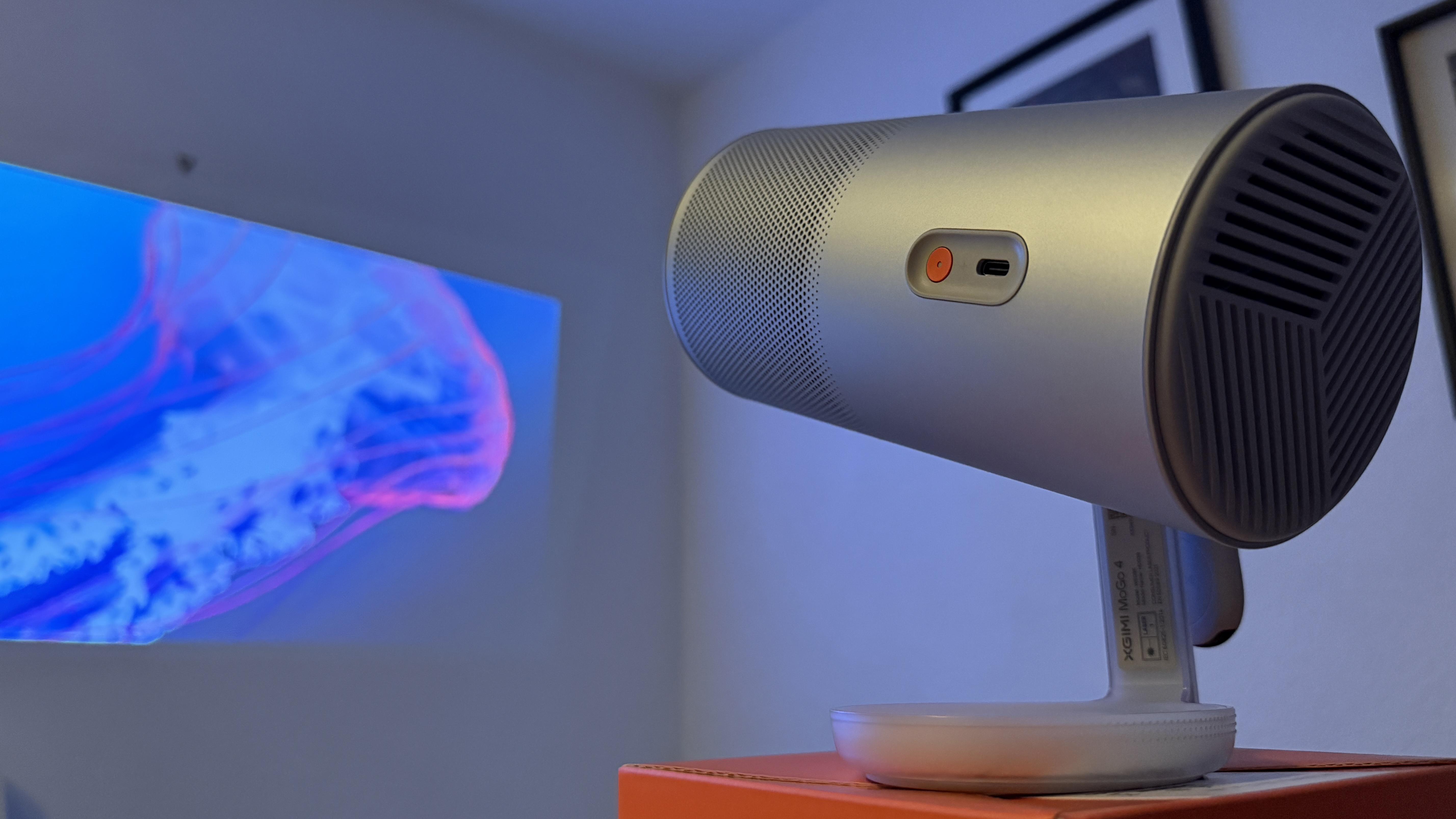













![Apple Releases New Beta Firmware for AirPods Pro 2 and AirPods 4 [8A293c]](https://www.iclarified.com/images/news/97704/97704/97704-640.jpg)













![Samsung teasing Galaxy Buds ‘Core’ ahead of launch later this week [Gallery]](https://i0.wp.com/9to5google.com/wp-content/uploads/sites/4/2023/10/samsung-galaxy-buds-fe-5.jpg?resize=1200%2C628&quality=82&strip=all&ssl=1)










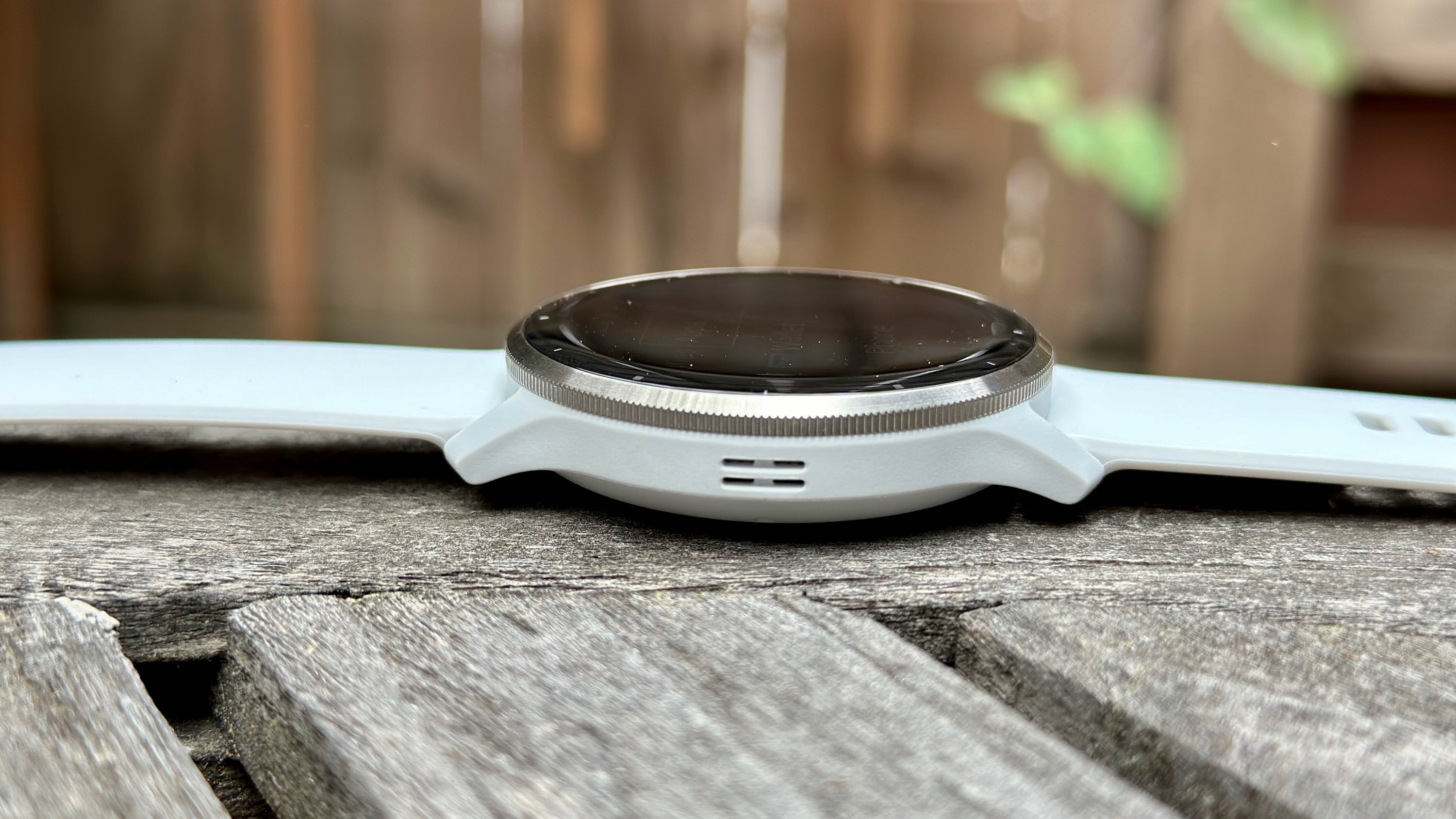


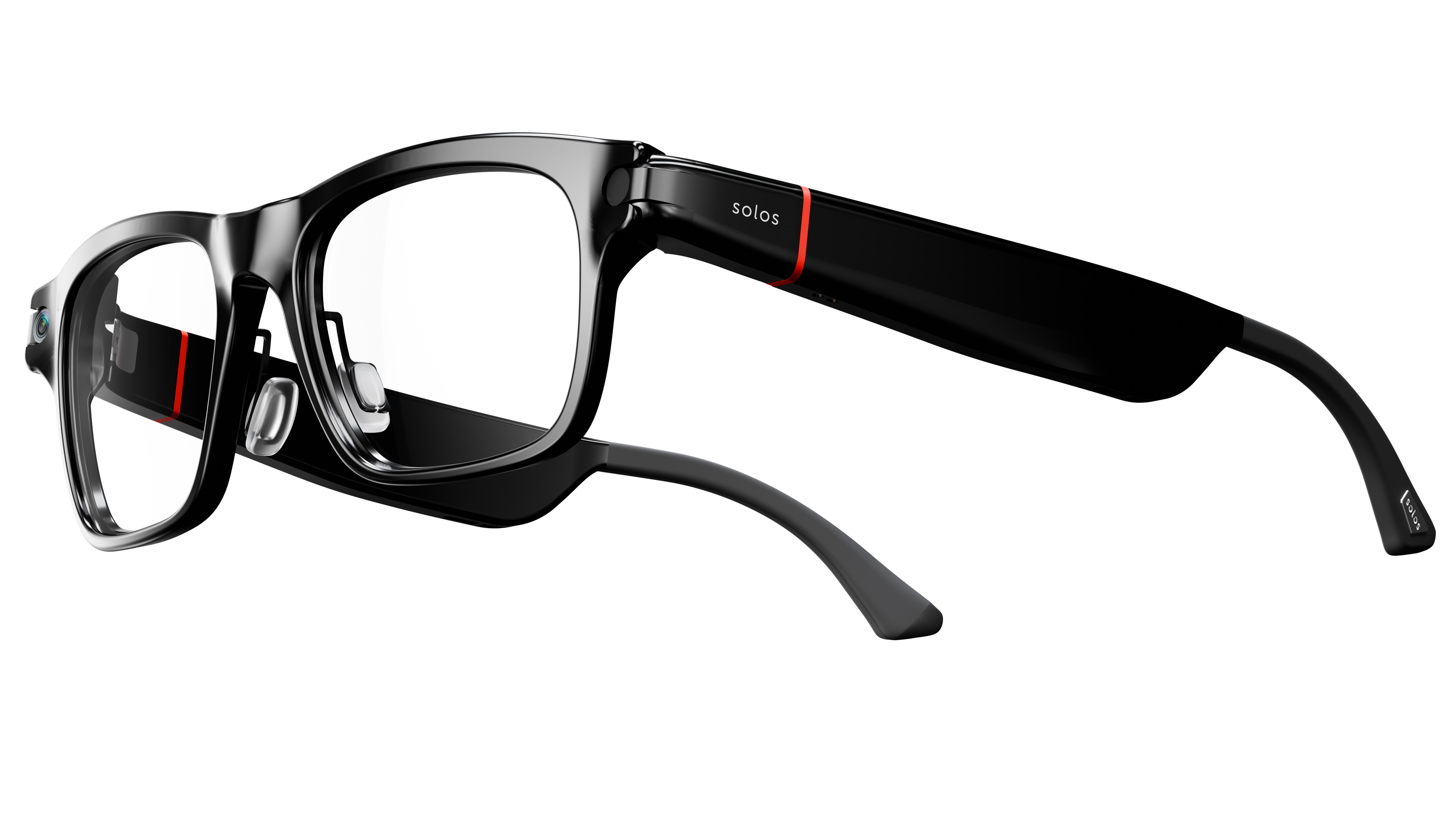


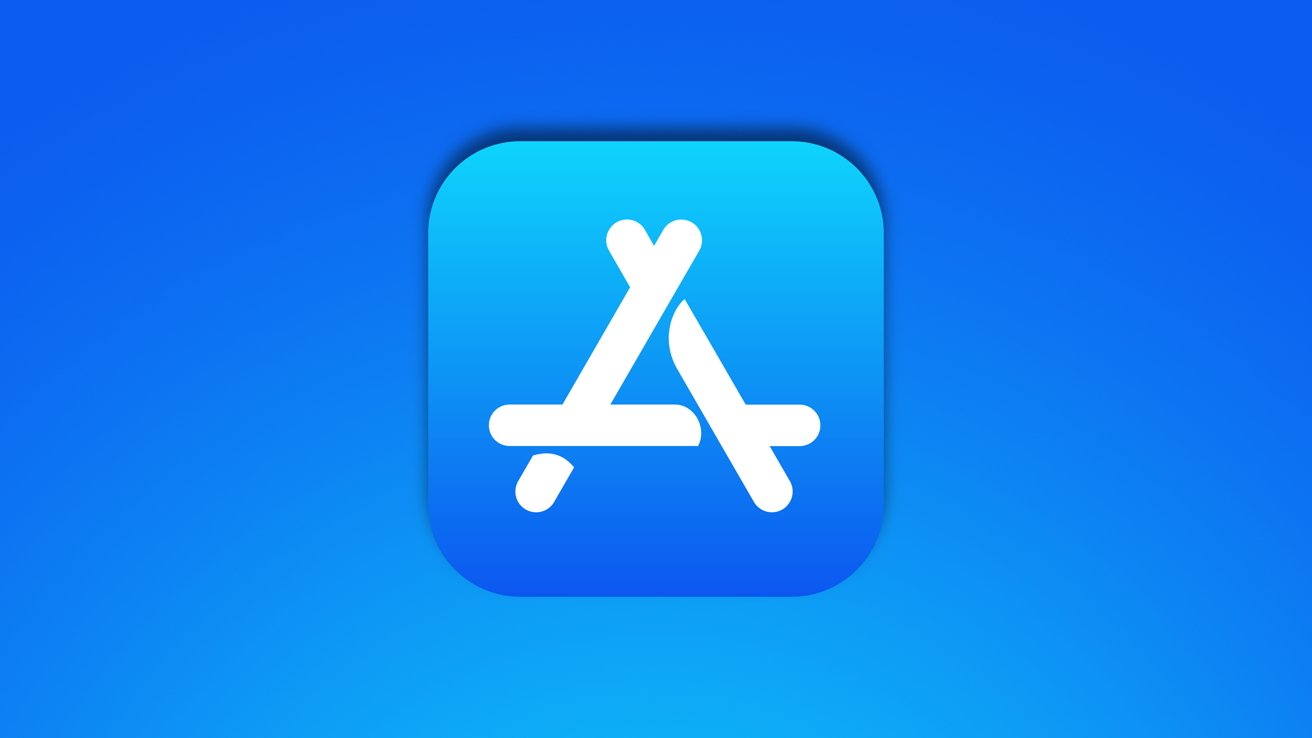



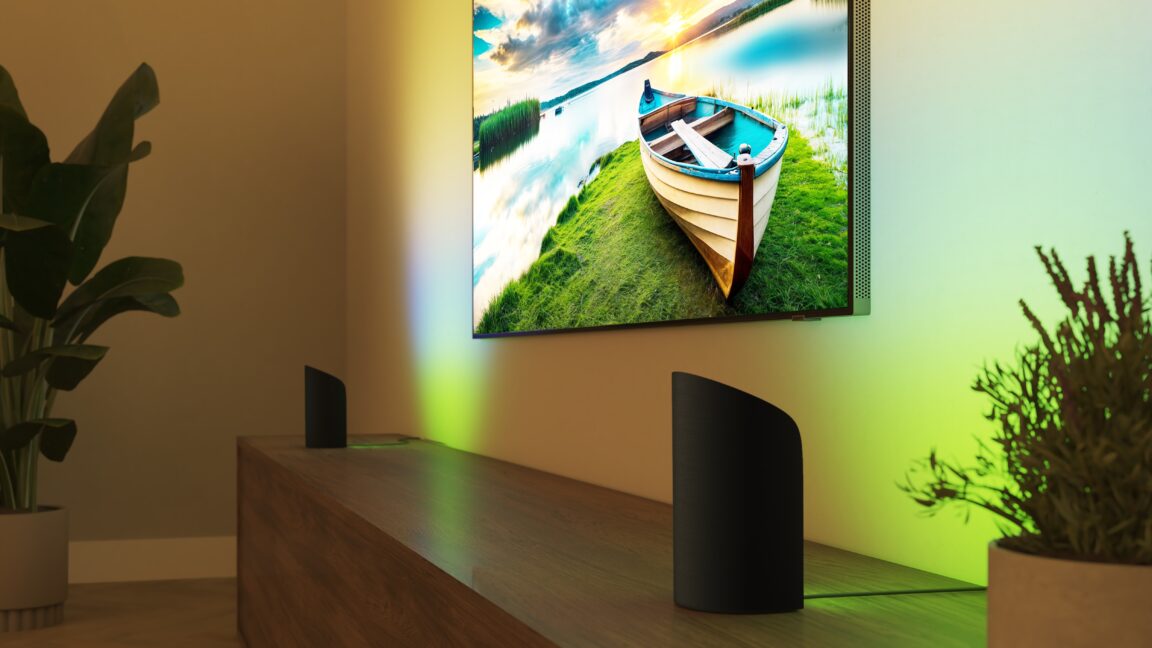



































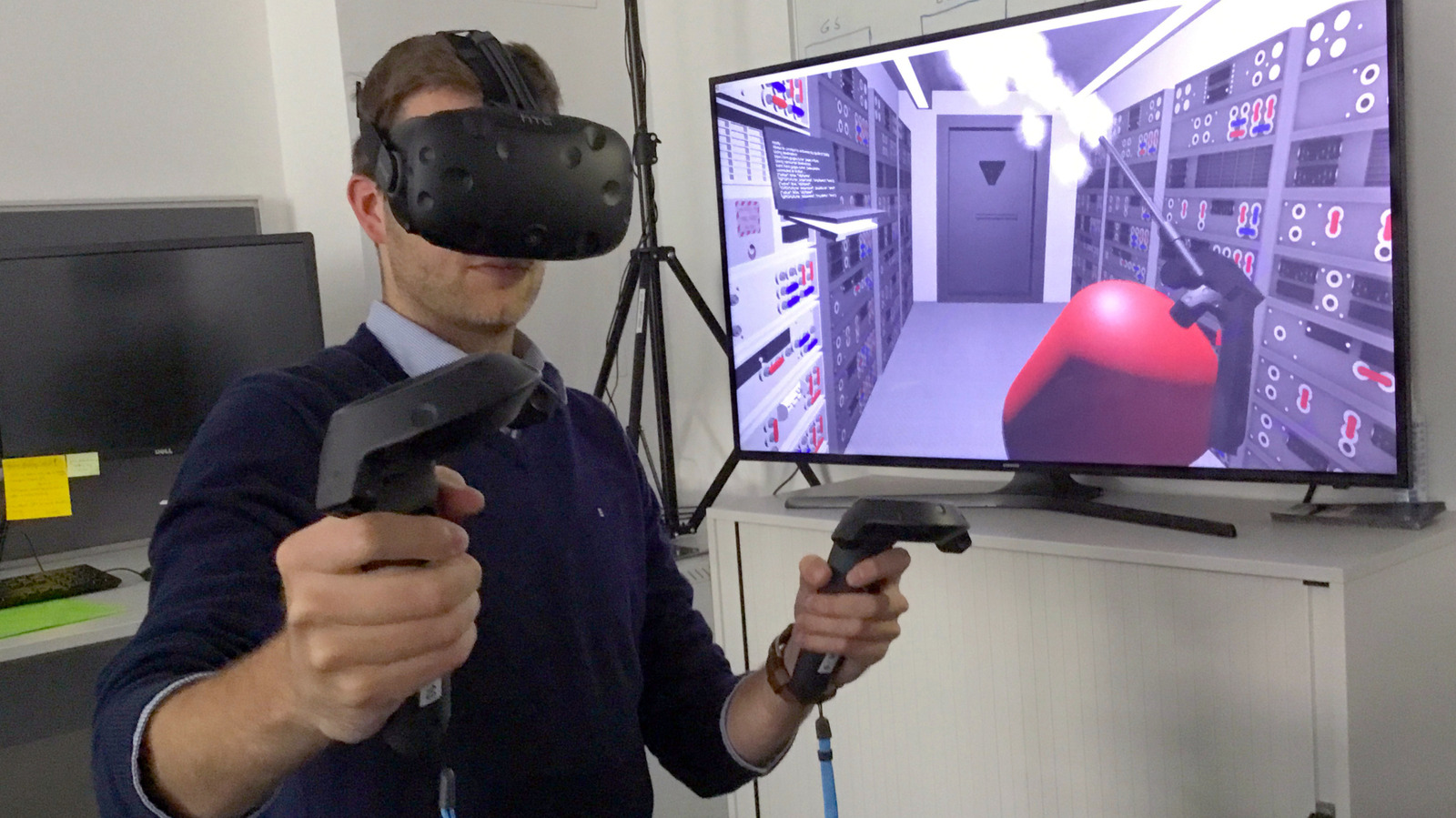

































_ArtemisDiana_Alamy.jpg?width=1280&auto=webp&quality=80&disable=upscale#)

















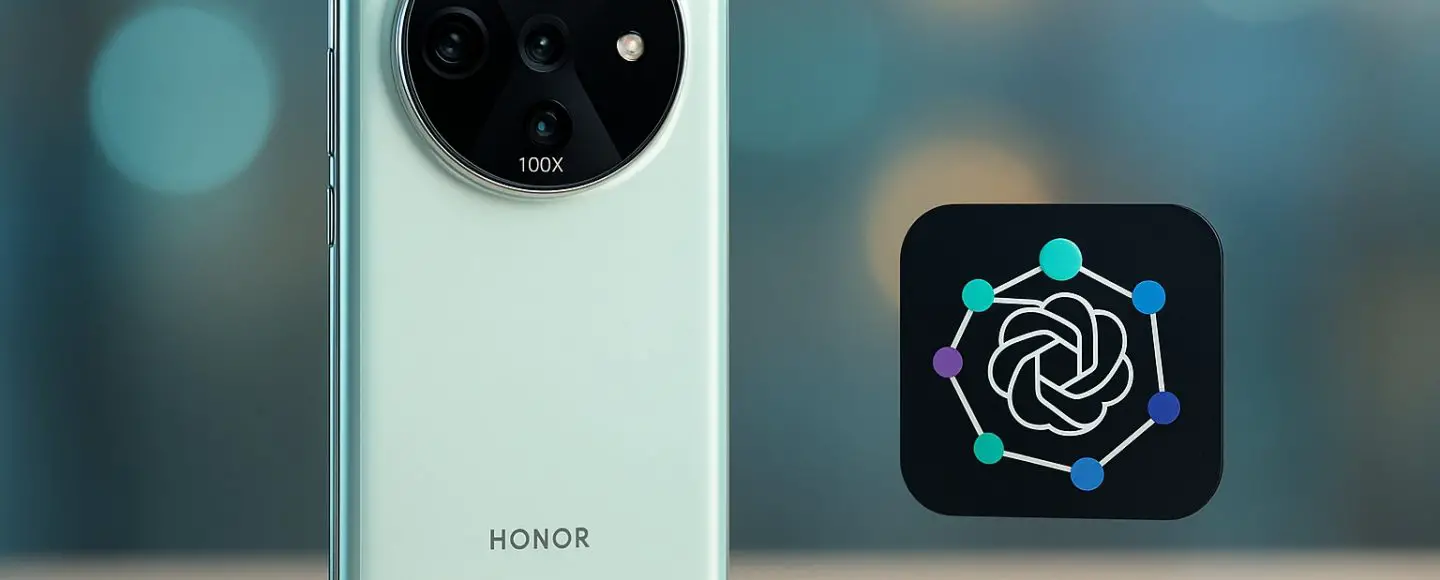














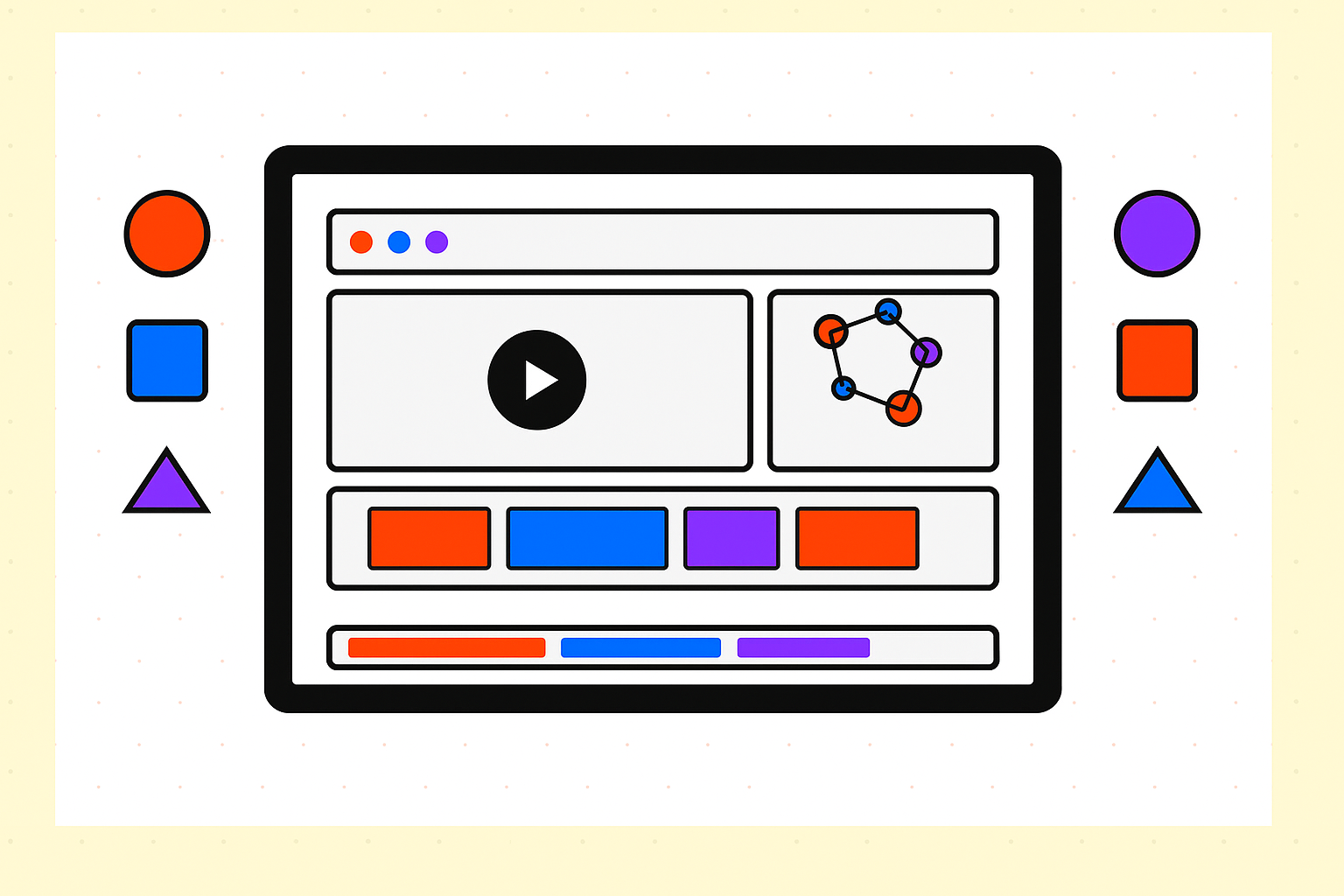






![[The AI Show Episode 155]: The New Jobs AI Will Create, Amazon CEO: AI Will Cut Jobs, Your Brain on ChatGPT, Possible OpenAI-Microsoft Breakup & Veo 3 IP Issues](https://www.marketingaiinstitute.com/hubfs/ep%20155%20cover.png)


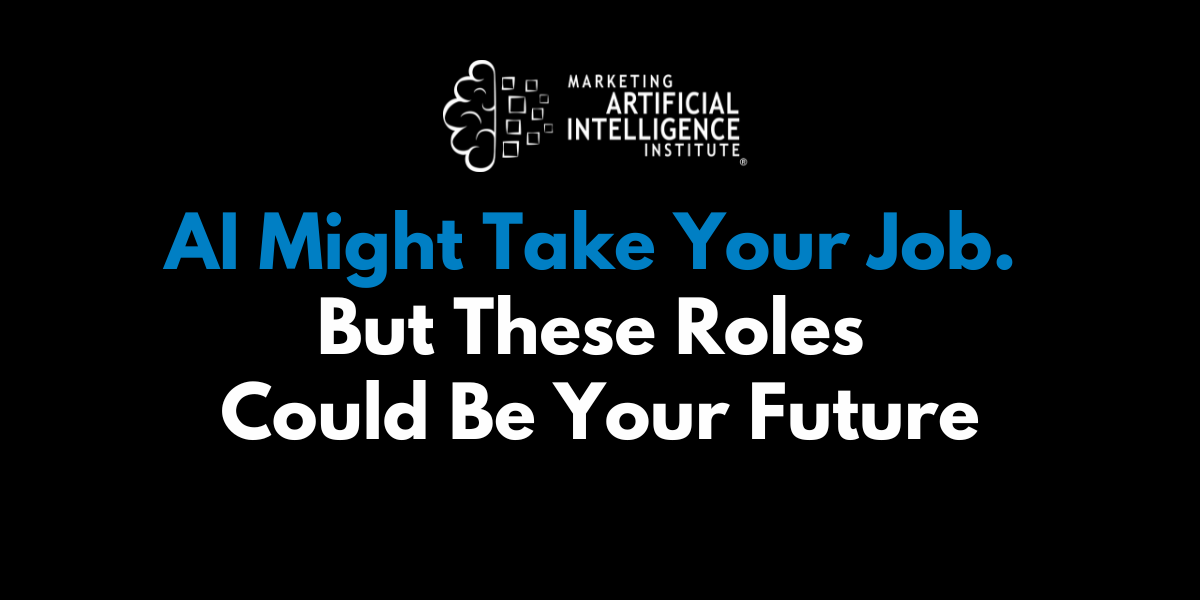



































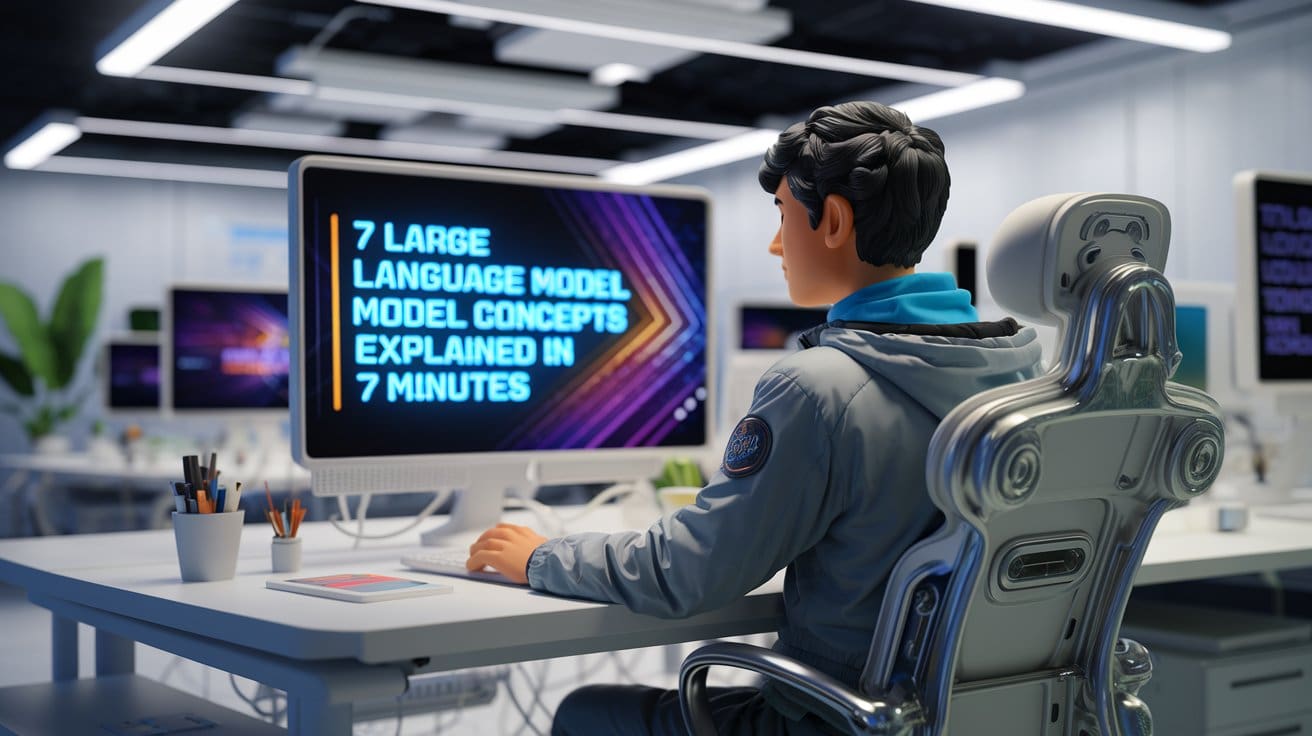









































.png?width=1920&height=1920&fit=bounds&quality=70&format=jpg&auto=webp#)






















